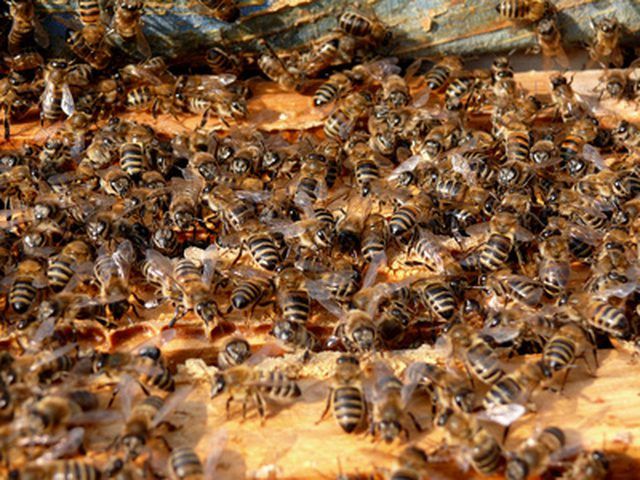Bulbs
Flower Basics
Flower Beds & Specialty Gardens
Flower Garden
Garden Furniture
Garden Gnomes
Garden Seeds
Garden Sheds
Garden Statues
Garden Tools & Supplies
Gardening Basics
Green & Organic
Groundcovers & Vines
Growing Annuals
Growing Basil
Growing Beans
Growing Berries
Growing Blueberries
Growing Cactus
Growing Corn
Growing Cotton
Growing Edibles
Growing Flowers
Growing Garlic
Growing Grapes
Growing Grass
Growing Herbs
Growing Jasmine
Growing Mint
Growing Mushrooms
Orchids
Growing Peanuts
Growing Perennials
Growing Plants
Growing Rosemary
Growing Roses
Growing Strawberries
Growing Sunflowers
Growing Thyme
Growing Tomatoes
Growing Tulips
Growing Vegetables
Herb Basics
Herb Garden
Indoor Growing
Landscaping Basics
Landscaping Patios
Landscaping Plants
Landscaping Shrubs
Landscaping Trees
Landscaping Walks & Pathways
Lawn Basics
Lawn Maintenance
Lawn Mowers
Lawn Ornaments
Lawn Planting
Lawn Tools
Outdoor Growing
Overall Landscape Planning
Pests, Weeds & Problems
Plant Basics
Rock Garden
Rose Garden
Shrubs
Soil
Specialty Gardens
Trees
Vegetable Garden
Yard Maintenance
How to Get Rid of Moths From Beehives
How to Get Rid of Moths From Beehives. If you are attempting to raise bees in a beehive, one common obstacle you might encounter is moths. Moths, or more specifically, wax moths, look for hives that have a small population of bees or a hive that is weak. When this happens, wax moths move into the brood combs and eat the wax there, destroying the...

If you are attempting to raise bees in a beehive, one common obstacle you might encounter is moths. Moths, or more specifically, wax moths, look for hives that have a small population of bees or a hive that is weak. When this happens, wax moths move into the brood combs and eat the wax there, destroying the combs and laying their larvae. Even though wax moths can be a nuisance, you can easily treat the problem yourself and get rid of the threat to your hive.
Things You'll Need
2-liter plastic soda bottle
Drill
Water
White sugar
White distilled vinegar
Banana peel
Twine
Freezer
Airtight storage containers
Moth Trap
Clean and empty a 2-liter plastic soda bottle and allow it dry completely. Leave the lid on the bottle.
Use a drill to make a hole in the side of the bottle that is approximately 1 inch wide. The hole should be located directly below where the neck of the bottle begins.
Mix together 1 cup water, 1 cup white sugar, 1/2 cup white distilled vinegar, and 1 banana peel. Pour it all into your prepared bottle. Leave the bottle with its contents to sit for three or four days. The mixture will begin to smell as it ferments.
Tie a piece of twine around the neck of the bottle and hang it from a tree near your bee hive. The moths will be drawn to the fermenting liquid. When they enter the hole in the side of the bottle, they will not be able to find their way back out and will drown.
Empty the bottle when it becomes full of dead moths. You can refill it with another fermented mixture as necessary.
Freezing
Remove all frames that do not have brood from your hive.
Place the frames into a freezer for three days. The cold will kill the moths in any developmental stage. Your frames can be left for less time if necessary, but three days will ensure that everything is killed. If you want to use a quicker time frame, you can leave the frames for 4 1/2 hours at 20 degrees Fahrenheit, 3 hours at 10 F, or 2 hours at 5 F.
Remove the frames from the freezer and allow them to return to room temperature before reinserting them into your hives.
Store hives that you do not intend to use in airtight containers or plastic trash bags to prevent adult moths from reaching them.